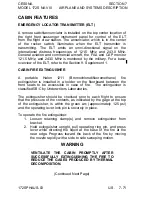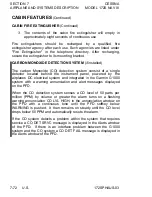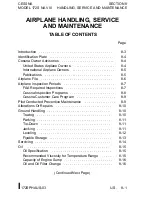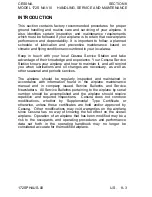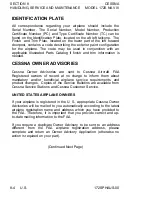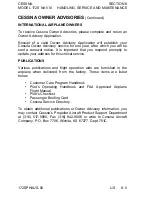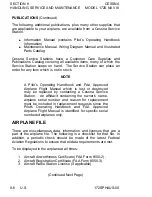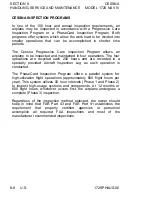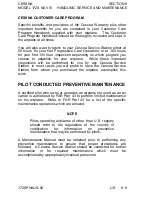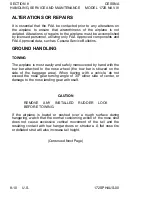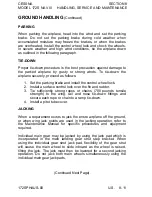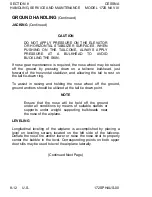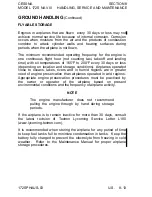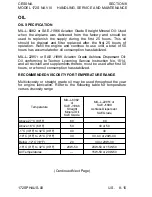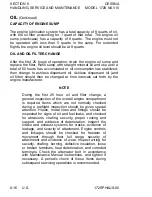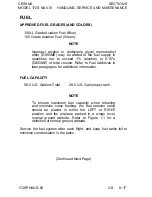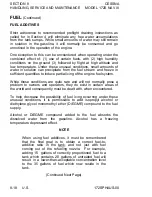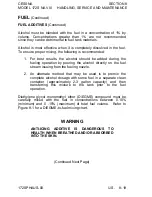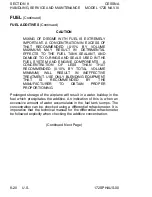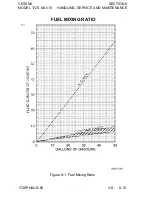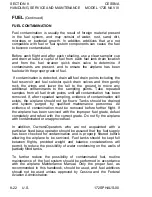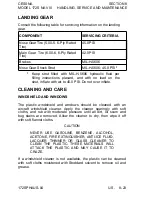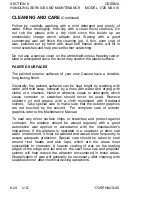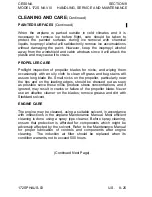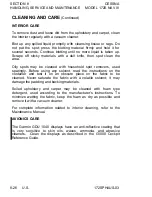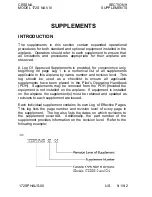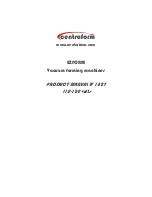
CESSNA
SECTION 8
MODEL 172S NAV III
HANDLING, SERVICE AND MAINTENANCE
GROUND HANDLING
(Continued)
FLYABLE STORAGE
Engines in airplanes that are flown every 30 days or less may not
achieve normal service life because of internal corrosion. Corrosion
occurs when moisture from the air and the products of combustion
combine to attack cylinder walls and bearing surfaces during
periods when the airplane is not flown.
The minimum recommended operating frequency for the engine is
one continuous flight hour (not counting taxi, takeoff and landing
time) with oil temperatures of 165°F to 200°F every 30 days or less
(depending on location and storage conditions). Airplanes operated
close to oceans, lakes, rivers and in humid regions are in greater
need of engine preservation than airplanes operated in arid regions.
Appropriate engine preservation procedures must be practiced by
the owner or operator of the airplane based on present
environmental conditions and the frequency of airplane activity.
NOTE
The engine manufacturer does not recommend
pulling the engine through by hand during storage
periods.
If the airplane is to remain inactive for more than 30 days, consult
the latest revision of Textron Lycoming Service Letter L180
(www.lycoming.textron.com).
It is recommended when storing the airplane for any period of time
to keep fuel tanks full to minimize condensation in tanks. Keep the
battery fully charged to prevent the electrolyte from freezing in cold
weather. Refer to the Maintenance Manual for proper airplane
storage procedures.
172SPHAUS-03
U.S. 8-13

